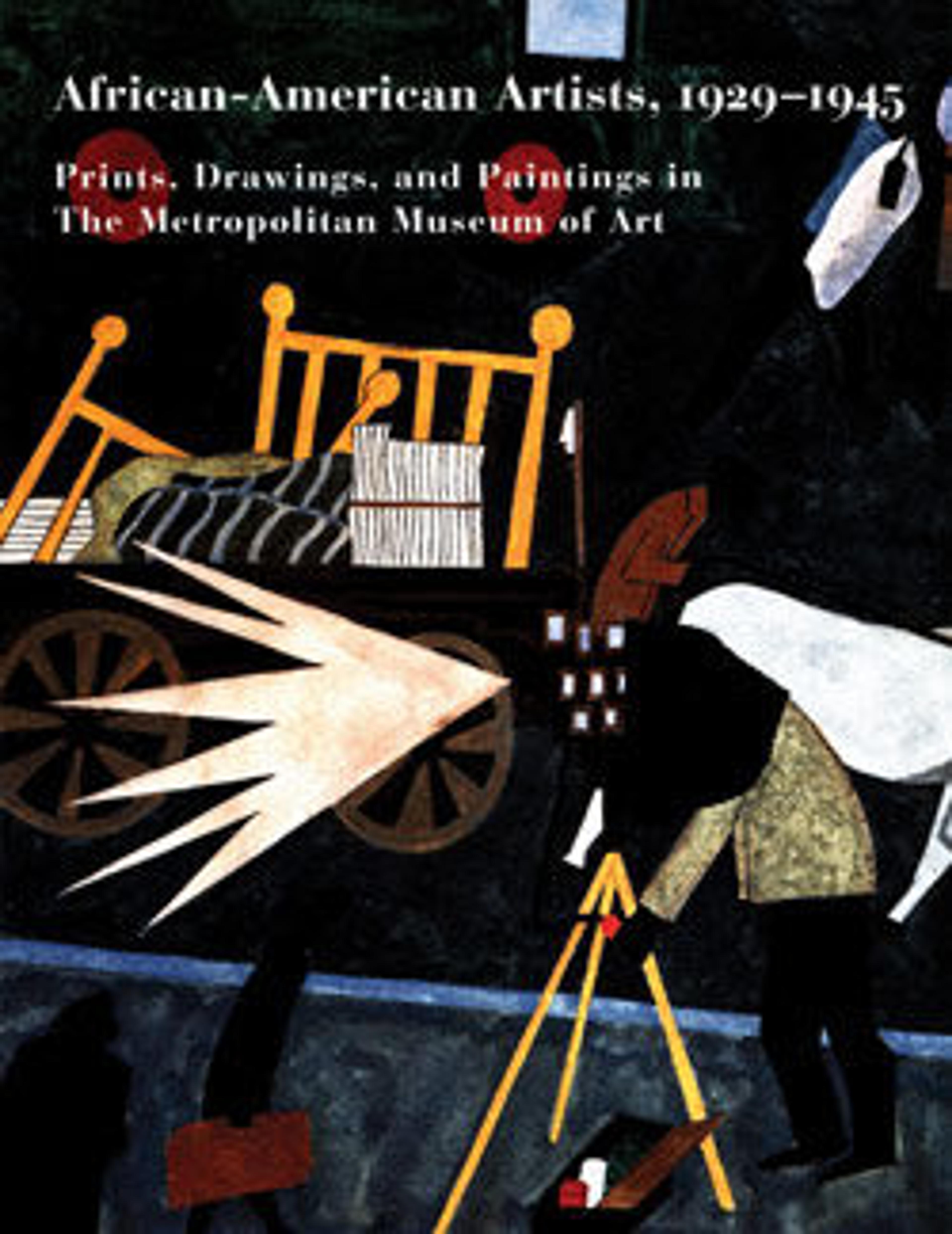Still Life with Fetish
A prominent and versatile printmaker, Jennings executed this engraving during his employment with the Works Progress Administration, part of Franklin D. Roosevelt’s New Deal. Composed of flowing lines that describe a wide range of textures and materials, Still Life with Fetish showcases Jennings’s elegant draftsmanship. Placed prominently near the center of the composition, an African carving sits between a healthy sansevieria plant and a funerary urn. Evoking the artist’s own African ancestry, the sculpted figure also mediates literally and symbolically between life and death.
Artwork Details
- Title: Still Life with Fetish
- Artist: Wilmer Angier Jennings (American, 1910–1990)
- Date: 1937
- Medium: Wood engraving
- Dimensions: 15 7/8 in. × 11 in. (40.3 × 28 cm)
- Classification: Prints
- Credit Line: Gift of Reba and Dave Williams, 1999
- Object Number: 1999.529.74
- Curatorial Department: Modern and Contemporary Art
More Artwork
Research Resources
The Met provides unparalleled resources for research and welcomes an international community of students and scholars. The Met's Open Access API is where creators and researchers can connect to the The Met collection. Open Access data and public domain images are available for unrestricted commercial and noncommercial use without permission or fee.
To request images under copyright and other restrictions, please use this Image Request form.
Feedback
We continue to research and examine historical and cultural context for objects in The Met collection. If you have comments or questions about this object record, please contact us using the form below. The Museum looks forward to receiving your comments.
